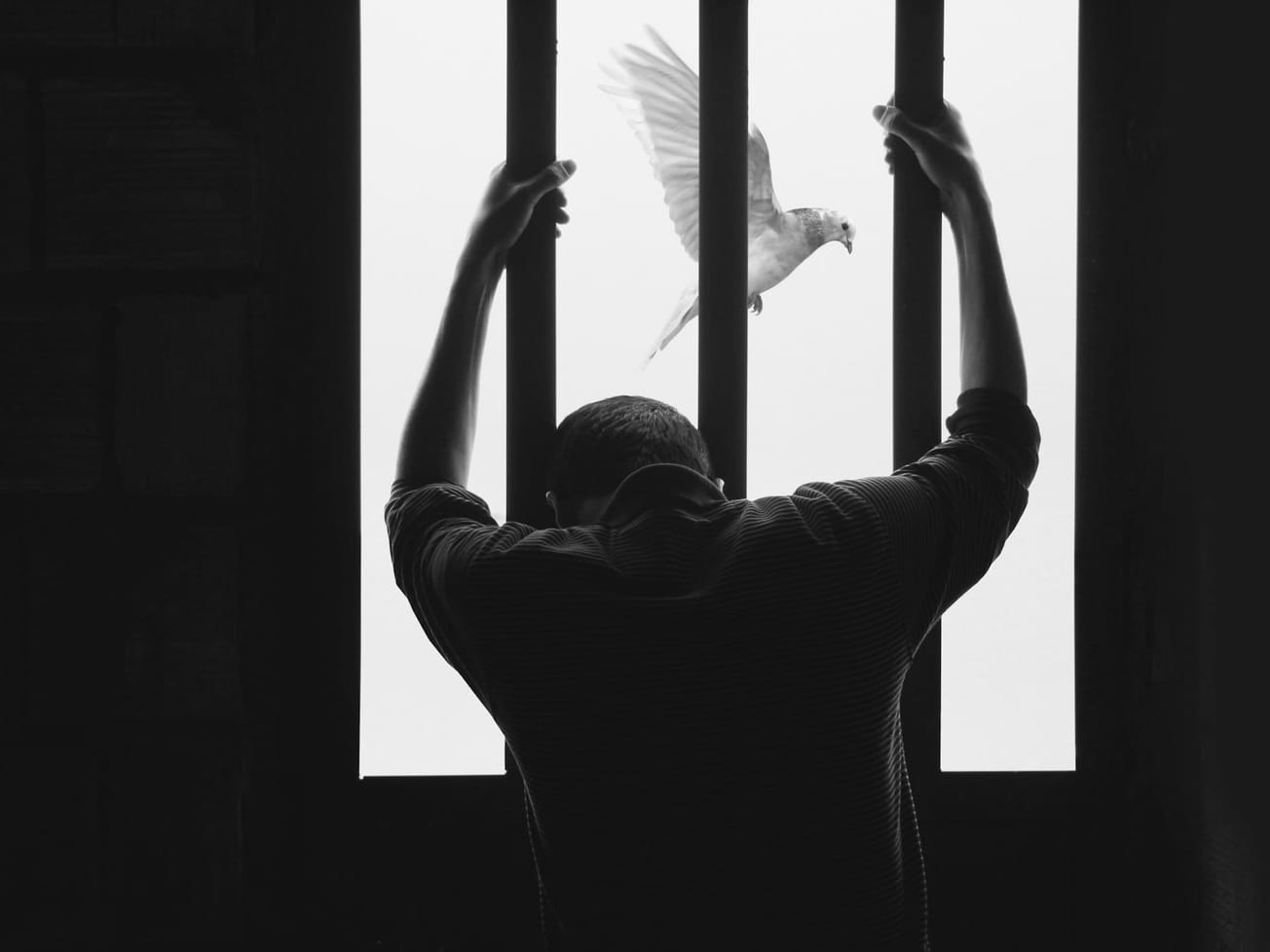They are often violent, ruthless and unforgiving – and despite being unelected they wield influence over tens of millions of people around the globe. Over the past decade there's been a hidden trend: the proliferation of armed groups.
In new research reported Tuesday, the International Committee of the Red Cross mapped out 524 armed groups that are raising humanitarian concerns across all continents and have at least partial control of areas where 175 million people live.








